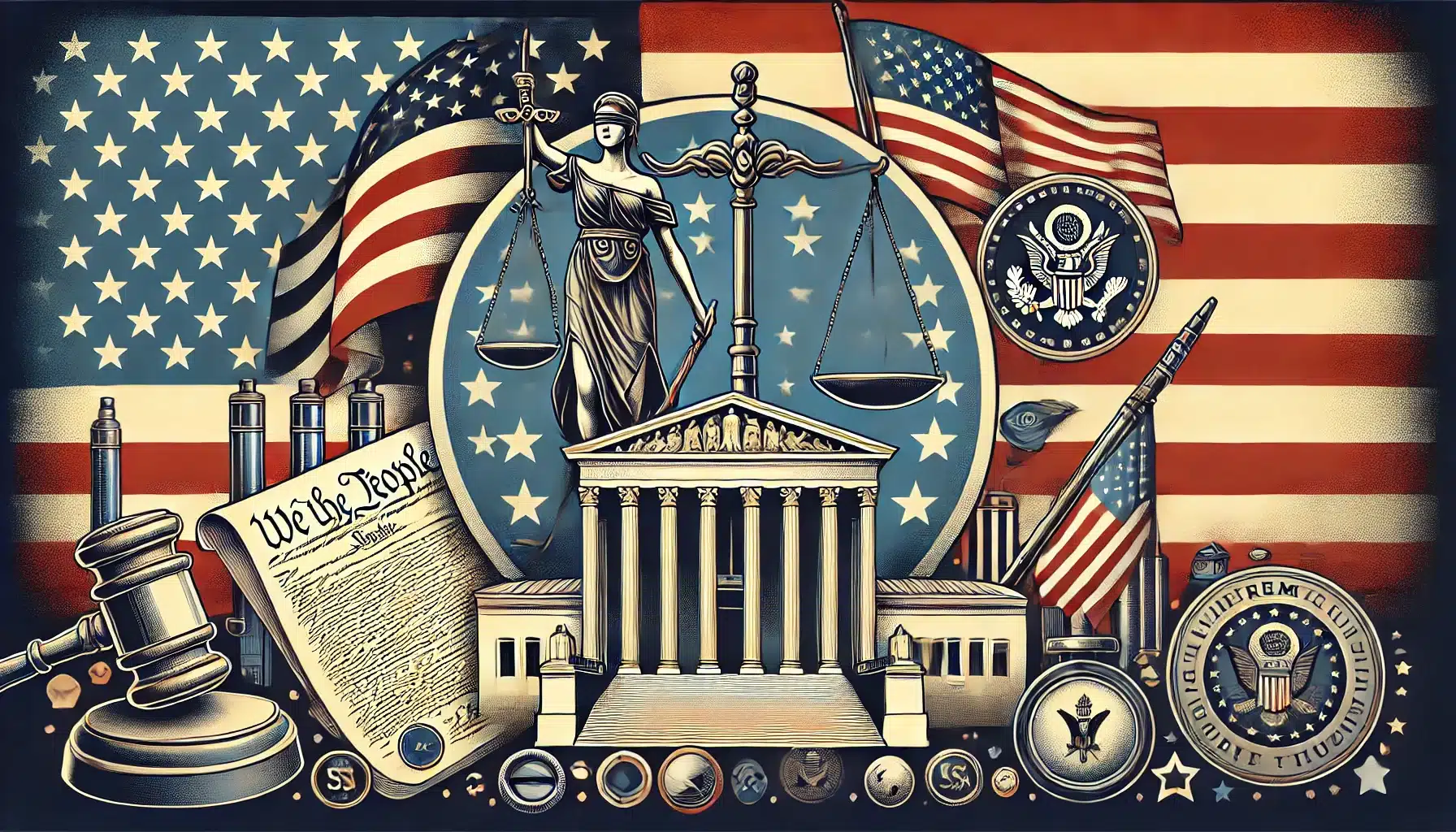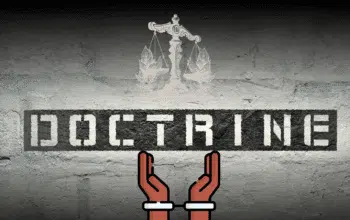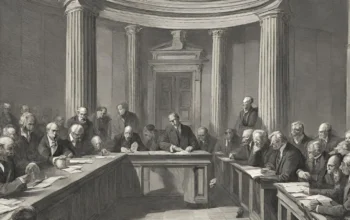Legal Literacy – Learn about the legal structure of the United States, constitutional rights and the role of the US Supreme Court. Find out how laws in the US evolve and affect society.
Overview of the US Constitution
The United States (US) legal system is one of the most influential in the world. From constitutional rights to landmark US Supreme Court rulings, learning about US law can provide deep insight into how laws are made, interpreted and enforced. Whether you’re a budding law student, a curious international observer or simply curious about legal cases in the US, understanding the basic structure of the American legal system helps you recognize the role of the constitution, key institutions and the dynamics of law enforcement.
This article provides an overview of the framework, key principles, and key institutions in the United States legal system. We will also highlight how constitutional rights and court interpretations shape the legal landscape in the US.
Overview of the US Constitution
The US Constitution is the fundamental document on which the American legal system is based. Ratified in 1788, it sets out the structure of government, the separation of powers, and a number of fundamental rights guaranteed to citizens. Some key points:
- Separation of Powers
- The federal government is divided into three branches: Legislative (Congress), Executive (President), and Judicial (Supreme Court).
- This division is intended so that no single branch can monopolize power.
- Checks and Balances
- Each branch has certain powers to balance (check) the powers of the other branches.
- For example, Congress can make laws, but the President can veto them. On the other hand, the Supreme Court can overturn laws that are unconstitutional.
- Individual Rights
- The Bill of Rights (the first 10 amendments) guarantees basic freedoms such as freedom of speech, religion, and the right to due process of law.
- Other amendments, such as the 14th Amendment, extended civil rights protections to all individuals.
As the text of the constitution is quite concise and often open to interpretation, much of the case law in the US centers on how the courts interpret the provisions of the constitution. The US Supreme Court also acts as the highest authority in interpreting the constitution.
Federalism in the United States
Another important element in the American legal system is the principle of federalism, which is the division of authority between the federal government and the state governments. Some key points:
- State Sovereignty
States have the right to make and enforce their own laws in areas not reserved for the federal government. For example, family law, criminal law, and property law are often regulated by the states. - Concurrent Powers
There are some areas, such as taxation and infrastructure development, that both the federal and state governments can regulate. - Variations in Law
As each state has its own legal system, regulations can vary significantly from state to state. For example, differences in criminal sanctions as well as civil law arrangements.
An understanding of federalism is important for anyone who wants to know the intricacies of US law. It is also the reason why some legal cases in the US that were originally handled by state courts can proceed to the federal level if they touch on constitutional issues.
The role of the United States Supreme Court
The most recognized institution in the American legal system, the US Supreme Court is the final authority on federal and constitutional law. Made up of nine justices (called justices) appointed by the President and approved by the Senate, the Supreme Court handles cases that often involve constitutional interpretation. Some highlights:
- Judicial Review
- The US Supreme Court has the right to overturn laws or policies deemed unconstitutional. This principle was first established in the case of Marbury v. Madison (1803).
- Lifetime Term of Office
- Supreme Court judges serve for life (as long as they are of good behavior), to maintain independence from political pressure.
- Influential Decisions
- Some of the historic rulings include Brown v. Board of Education (1954) which ended racial segregation in schools, Roe v. Wade (1973) which impacted reproductive rights, to Obergefell v. Hodges (2015) which legalized same-sex marriage across the US.
Key Constitutional Rights
Constitutional rights are the cornerstone of American democracy, guaranteeing individual freedom and protection. Here are some of the most recognized rights:
- First Amendment
Guarantees freedom of speech, religion, press, assembly and petition. This issue is often debated in US law, especially in relation to political protests and social media regulation. - Second Amendment
Guarantees the right to keep and bear arms. However, both federal and state governments impose specific regulations on gun ownership. - Fourth Amendment
Prohibits unreasonable searches and seizures, often discussed in criminal and civil rights cases. - Fifth Amendment
Guarantees due process rights, prohibits double jeopardy and forces people to be witnesses against themselves. There is also a “takings clause” that requires just compensation if the government takes private property for public use. - Fourteenth Amendment
Extends civil rights protections by guaranteeing due process and equal protection under the law to all individuals. This amendment has played a key role in many legal cases in the US against discriminatory practices.
2 These rights, along with the Bill of Rights and other amendments, form the foundation of constitutional rights in the US.
Federal and State Court Systems
In addition to the US Supreme Court at the top of the federal judicial system, there is also a structure of state courts that make up the entire judicial system in the US:
- Federal Court
- District Courts: Courts of first instance for federal cases, both civil and criminal.
- Circuit Courts of Appeals: Where district court decisions are appealed. Consists of 13 circuit courts.
- Supreme Court: The highest authority at the federal level.
- State Court
- Trial Courts: Handle local cases such as civil disputes, family law, and criminal charges.
- State Court of Appeals: Some states have appellate courts to evaluate trial court decisions.
- State Supreme Court: The highest legal institution in each state. Decisions here can be taken to the US Supreme Court if they involve federal or constitutional law.
For both legal professionals and the general public, understanding these pathways is important to effectively resolve legal cases in the US.
Historic Legal Cases in the US
Some legal cases in the US have become landmarks and changed the legal landscape and social life in America. For example:
- Marbury v. Madison (1803): Established the principle of judicial review.
- Miranda v. Arizona (1966): Resulted in the “Miranda Warning,” which guarantees the right to remain silent and the right to an attorney when in police custody.
- United States v. Nixon (1974): Affirmed that no one, including the president, is immune to the law.
- Obergefell v. Hodges (2015): Legalized same-sex marriage across the US, demonstrating the development of the interpretation of constitutional rights.
Why American Law Continues to Evolve
The development of US law is closely related to social change, technological advancement, and new legal challenges:
- Changing Social Norms
Shifts in public opinion on issues such as marriage equality, drug legalization, and privacy rights often lead to new laws and updated legal interpretations. - Technology Advancement
The internet, social media and artificial intelligence present new legal challenges around data privacy, cybersecurity and copyright. - Global Influence
As one of the largest economies and most influential countries, the US often serves as a reference point for other countries, both in the application of laws and the enforcement of public policies.
By monitoring legal cases in the US and recent Supreme Court rulings, you can follow how the law evolves with the changing times.
Conclusion
The United States legal system is a dynamic structure that combines federal and state authority, upholds constitutional rights, and relies on the judiciary – particularly the US Supreme Court – to interpret and enforce the law. For anyone who wants to understand US law, knowing these basics makes it easier to follow the key issues and appreciate the complexity of the system.
As society changes and technology advances, laws and court decisions in the US are constantly changing. By staying up-to-date, reading important rulings, and recognizing the role of each branch of government in the legislative process, you will be better prepared to address legal issues.
References
- United States Constitution
- Official Website of the U.S. Supreme Court
- Cornell Law School’s Legal Information Institute
- Marbury v. Madison, 5 U.S. (1 Cranch) 137 (1803)
- Brown v. Board of Education, 347 U.S. 483 (1954)
- Roe v. Wade, 410 U.S. 113 (1973)
- Obergefell v. Hodges, 576 U.S. 644 (2015)







